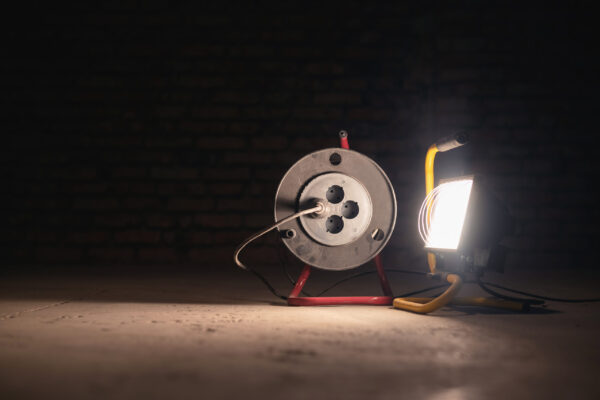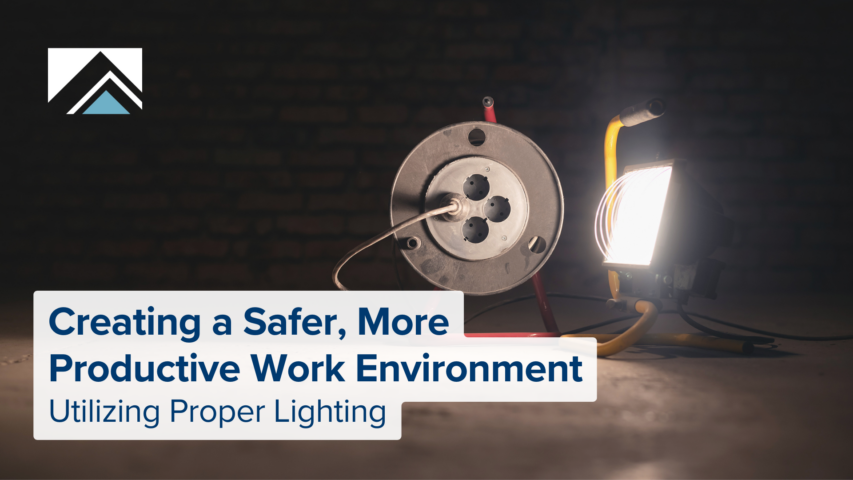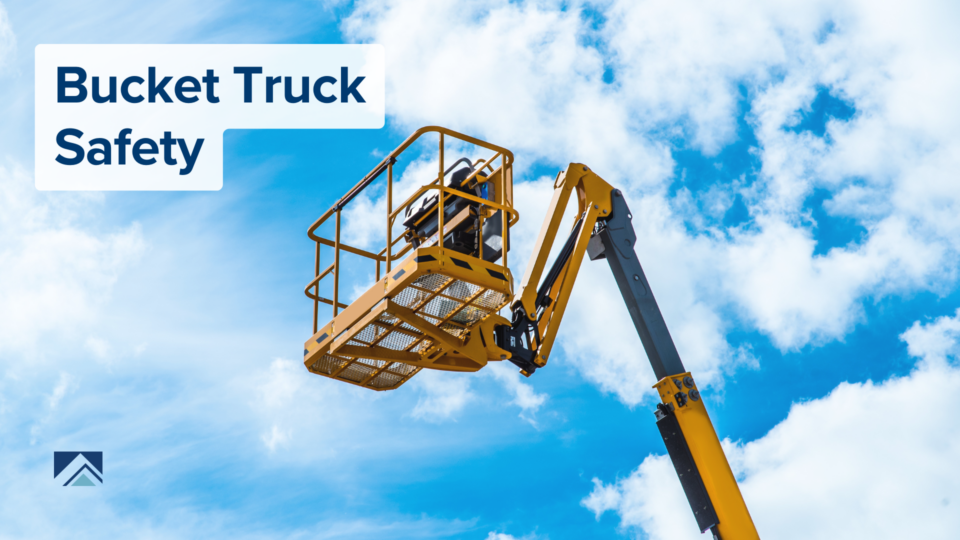For telecom operations managers with aerial lifts, bucket trucks or ladder trucks in their fleet working at night can be quite hazardous. Using the right quality of lighting so you can actually see what you are doing can be the difference between life and death.
When making such lighting choices for aerial service vehicles, working with an expert can help to optimize these lighting
options for safety and productivity. The end result often reduces worker fatigue, stress, and error, while dramatically reducing
maintenance, repair and replacement.

Hazard/Warning Lights
With so many distracted drivers today, it is critically important to get the attention of nearby drivers to protect any in-service
field workers that could be in harm’s way.
Typically, SAE Class 2 warning lights are used for utility vehicles that work along roadsides, while Class 1 warning lights are used for emergency vehicles like fire, police, and ambulance. A variety of colors are also used, such as red for emergency vehicles and amber for vehicles that obstruct or impede traffic.
To alert other drivers, it is recommended to incorporate strobe lights in hideaway areas such as in headlamp, tail, turn, or back up lamps that do not require additional mounting.
Ground Lighting
When aerial lift service vehicles have to drive or back up over uncertain terrain at night – sometimes in complete blackness – it
is crucial to have good ground lighting, so the vehicle does not end up in a ditch, hole, or other hazard.
It is recommended that the use of advanced LED lights be considered, which can last up to 10 times longer than
incandescent or halogen bulbs, with much lower power consumption. Such LEDs can provide significantly better light quality, which equates to better visibility and safety in dark environments.
All ground lights should also be mounted below the vehicle shining downward, so the actual light source is not visible to the vehicle driver or others on the scene. You don’t want to directly view the light source providing the ground lighting, or it can dilate your pupils, so your eyes are no longer adjusted for nighttime viewing.
Scene Lighting
Scene lighting is used when high-powered, long-range illumination is required from a service vehicle, and usually takes the
form of work lamps. There are different types of scene lighting, some of which are better suited for specific tasks.
Work Area Lights
- Rear of a vehicle: flood or wide flood LED lights can be used to cover the broadest area
- Area at a distance: trapezoid or combination light patterns
- Longest distance viewing: spotlight or pencil beam type pattern is usually the best choice
Light Quality
In terms of light quality, LEDs are far superior to halogens. Because the color of LEDs is closer to that of daylight than the
yellowish hue of halogens, it appears brighter and can illuminate details of objects in the distance better. LEDs also help workers see more at the edge of the scene, where traditional lamps tend to fade out. This improves safety and reduces eyestrain since it helps the worker more quickly and easily spot potential dangers and other important details.
Surface Lighting
Typically, surface lighting is called for when safe footing up steps or quick access to tools and equipment in compartments or
truck beds is required. While this can be accomplished by mounting LED lamps on the side of steps, or at the ends of compartments, an increasingly popular alternative is to install LED light strips wherever needed. Advances in thin-film LED technology not only produce brighter illumination, but do so using paper-thin, ultra-light strips that can be easily installed into the existing lighting power system.
The bottom line is that any telecom fleet manager of that includes aerial lift vehicles can create a significantly safer, more
productive lit environment for their staff working in the field. Those who consult with a lighting specialist can not only optimize such choices, but also save dramatically on maintenance, repair, and replacement over the service life of the vehicle fleet.




